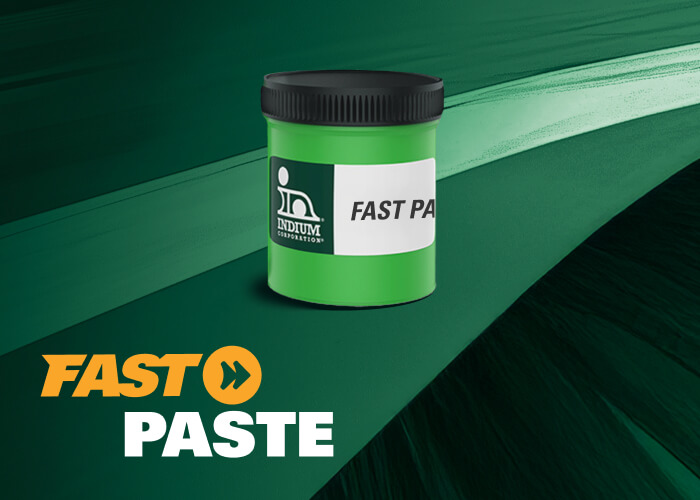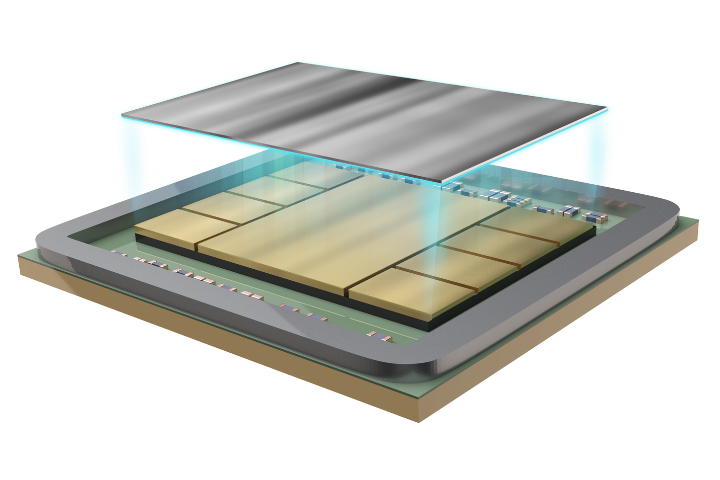Many people try to determine the volume of solder paste that they will use on a given circuit board or during a full production run. Calculating the exact amount of solder paste needed can be difficult to achieve because of the print deposit variations, the paste left on the stencil and squeegees after the build is complete, and the bead size needed for the build, which will depend on the squeegee size. The theoretical volume of solder paste can be calculated for each board using the Greely Formula and a simple volume calculation.
The Greely Formula allow for the calculation of the specific gravity of the particular solder paste being used.
The Greely Formula:
|
Alloy Specific Gravity * Flux Specific Gravity |
|
(Flux % * Alloy Specific Gravity) + (Metal % * Flux Specific Gravity) |
Specific Gravity of the Flux vehicle is generalized to 1.
Example:
- Solder Paste: SAC305 Indium8.9HFA Type 4.5 87.75%
- Aperture Size: 0.012” Square
- Stencil Thickness: 0.004”
|
7.4g/cm3 * 1 |
|
(12.25% * 7.4gm/cm3) + (87.75% * 1) |
Solder Paste Specific Gravity = 4.14
Volume for this aperture can be calculated using the following formula:
Length x Width x Height
0.012” x 0.012” x 0.004” = 0.000000576 inches3
To get the theoretical weight of the solder paste for the 0.012” square aperture you must multiply the solder paste theoretical volume by the solder paste density.
0.000000576 inches3 * 4.14gm/cm3 = 0.000009439cm3 * 4.14gm/cm3 = 0.0000391gm
To calculate the theoretical amount of solder paste that will be used for each board the weight of solder paste for each aperture on the board will need to be calculated. Once all of the weights have been calculated they can be added together which will result in the amount of solder paste per board.
Of course this is the theoretical value and not an actual value. The easiest way to determine the actual paste weight per board is to weigh a board before the paste has been printed and then again after the paste has been printed. The difference is the actual solder paste weight or consumption of solder paste per board. Of course, there will be some amount of error even in this calculation which will depend on the weight tolerances of the board and the variations in solder paste deposits from print to print.



